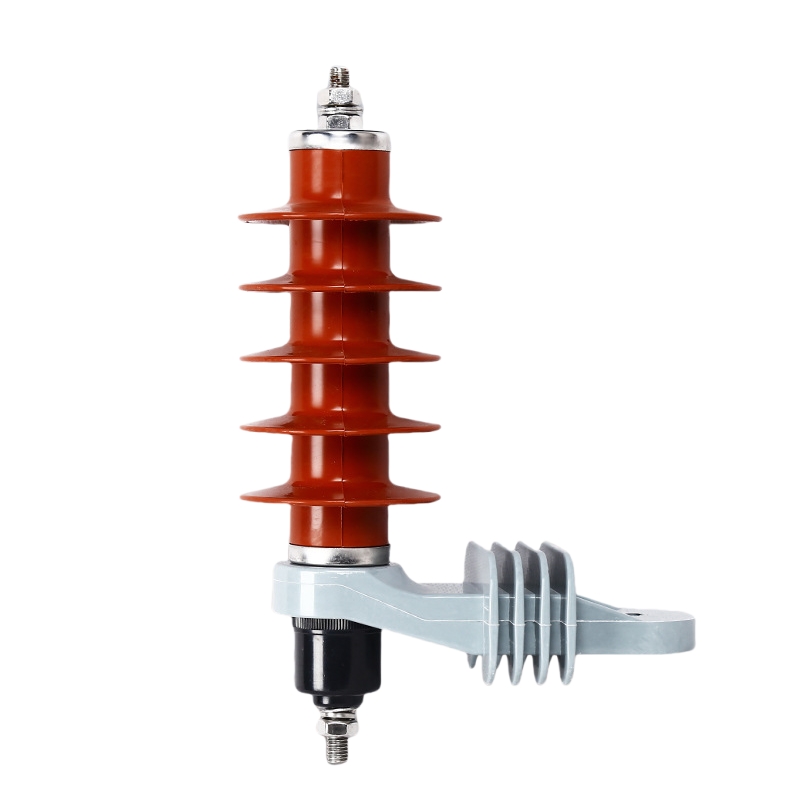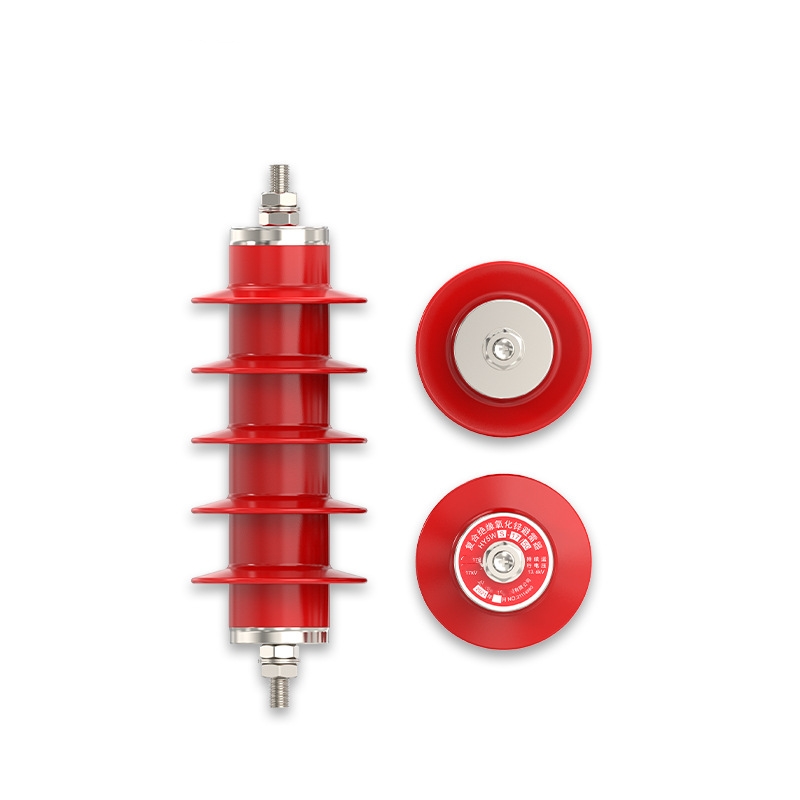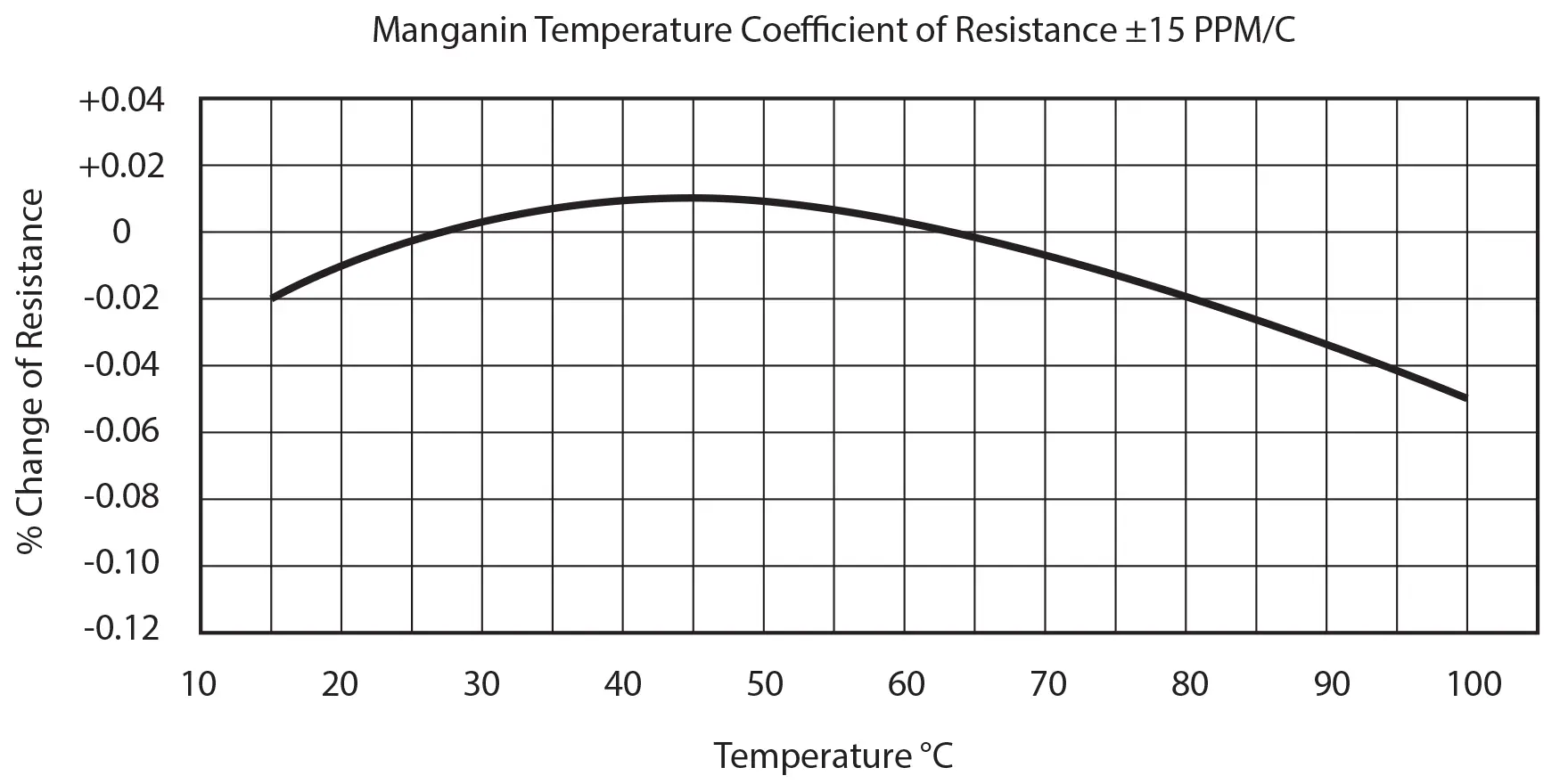Lightning arresters are critical components in protecting electrical systems from the damaging effects of lightning strikes. A 10kV lightning arrester plays an especially important role in safeguarding high-voltage systems, ensuring that electrical equipment and infrastructure remain safe from surges caused by lightning. In this article, we will explore what a 10kV lightning arrester is, how it works, why it is important, and its applications in protecting electrical systems. Let’s dive into the details!
What is a Lightning Arrester and How Does It Work?
A lightning arrester is a device designed to protect electrical systems from voltage surges caused by lightning strikes. It works by diverting excess voltage from the electrical system to the ground, thereby preventing damage to the equipment and infrastructure. But here’s the kicker—lightning arresters don’t just protect against lightning; they also help mitigate issues caused by other electrical surges, like those from switching operations.
The arrester consists of a conductive material, typically made of metal oxide, which becomes highly conductive when a surge occurs. The excess voltage from a lightning strike flows through the arrester, and the surge is then directed to the ground. The arrester acts as a safety valve for the electrical system, preventing high-voltage damage that could otherwise cause failures in power lines, transformers, and other critical equipment.
For a 10kV lightning arrester, this process is especially important in high-voltage systems, where lightning can cause extreme electrical disturbances. By keeping the voltage under control, the arrester ensures that the system continues to operate safely, even during severe weather conditions.

| Feature | Description | Benefit |
|---|---|---|
| Voltage Protection | Diverts lightning surges to the ground | Protects electrical systems from damage |
| Material | Metal oxide or other conductive materials | Provides reliable surge protection |
| Grounding | Directs excess voltage safely into the ground | Prevents electrical failures and fires |
What is a 10kV Lightning Arrester?
A 10kV lightning arrester is designed to protect systems operating at up to 10,000 volts. This specific voltage rating is crucial for power distribution networks, where higher voltage systems are more vulnerable to lightning strikes. What’s the real story here? Unlike lower-rated arresters, a 10kV arrester is built to handle the intense surge created by lightning strikes that can occur in high-voltage environments.
The 10kV rating signifies that the arrester is capable of handling electrical surges of up to 10,000 volts without compromising the integrity of the system. It’s often used in substations, power lines, and other infrastructure that requires protection against severe electrical disturbances. These arresters are designed to quickly and safely dissipate the energy from a lightning strike, preventing it from traveling into sensitive equipment.
Another key factor is the arresters’ durability. A 10kV arrester is built to withstand repeated surge events over the years, making it a long-term solution for high-voltage protection. In addition, these arresters are tested and rated to ensure they can perform effectively in various weather conditions, providing peace of mind for utilities and industries relying on stable power delivery.
| Feature | Description | Importance |
|---|---|---|
| Voltage Rating | Rated for 10,000 volts | Protects high-voltage systems from severe surges |
| Durabilidad | Built to withstand frequent surges | Long-term protection and reliability |
| High Surge Capacity | Handles the massive energy from lightning strikes | Prevents damage to critical equipment and infrastructure |
Why is a 10kV Lightning Arrester Important for Electrical Systems?
Lightning stries pose a significant threat to electrical systems, especially those operating at higher voltages. Without proper protection, lightning surges can cause catastrophic damage to power grids, transformers, and sensitive electronic equipment. Ready for the good part? A 10kV lightning arrester is specifically designed to protect these systems by preventing the excessive voltage from entering the system and causing failures.
In addition to protecting equipment, a 10kV lightning arrester also helps prevent power outages. Surges caused by lightning can disrupt the normal operation of power systems, leading to costly downtime. By diverting the surge safely to the ground, the arrester ensures the power system remains operational, even in the face of severe weather events.
The importance of a 10kV lightning arrester extends beyond just the safety of electrical equipment. It also helps in maintaining system stability. Electrical grids and power systems are complex networks where any disruption can have a cascading effect, leading to widespread outages. A 10kV arrester ensures that lightning surges don’t cause long-term disruptions in service, making it a vital component of any high-voltage electrical system.
| Role | Description | Benefit |
|---|---|---|
| Surge Protection | Diverts lightning surges to prevent system overload | Safeguards electrical equipment and prevents downtime |
| System Stability | Ensures no disruptions in the electrical grid | Maintains reliable power delivery and reduces outages |
| Long-Term Protection | Designed to handle repeated surges over time | Reduces the need for costly repairs and replacements |
What Are the Key Features of a 10kV Lightning Arrester?
A 10kV lightning arrester is equipped with several key features that make it effective at protecting electrical systems. These features ensure that the arrester performs its job reliably, even under extreme conditions. This is where it gets interesting—understanding these features helps to appreciate why a 10kV arrester is indispensable in high-voltage environments.
One of the primary features of a 10kV lightning arrester is its high energy absorption capacity. This allows the arrester to handle the enormous surge created by a lightning strike. In addition to energy absorption, 10kV arresters also have a robust construction to withstand the physical stress of repeated lightning strikes over time.
Another key feature is the material used in the arrester. Modern 10kV lightning arresters typically use metal oxide varistors (MOVs), which are highly effective at absorbing electrical surges. MOVs are durable and capable of handling high-energy surges without degrading quickly. This material ensures the arrester remains effective throughout its lifetime.
Finally, the installation and grounding of the arrester are crucial for its functionality. Proper grounding ensures that the excess energy from a lightning strike is safely directed into the earth, preventing any damage to the electrical system. This is a key factor in maintaining the overall safety and effectiveness of the arrester.
| Feature | Description | Significance |
|---|---|---|
| Energy Absorption | High energy absorption capacity | Prevents damage to electrical components |
| Material | Metal oxide varistors (MOVs) | Durable and effective for long-term protection |
| Grounding | Proper grounding ensures safe surge dissipation | Safeguards electrical systems and prevents failure |
How Does a 10kV Lightning Arrester Protect Against Surges?
The primary job of a 10kV lightning arrester is to protect against electrical surges caused by lightning strikes. When a lightning strike hits an electrical system, it can produce a massive surge of voltage that has the potential to damage transformers, power lines, and other essential components. The arrester acts as a protective barrier, diverting the surge away from sensitive equipment and safely grounding it.
What’s the real story here? The arrester is equipped with components that instantly react to the surge, rapidly diverting the excess voltage to the ground before it can reach critical parts of the system. This is accomplished through the metal oxide varistor (MOV), which becomes highly conductive when the voltage exceeds a certain threshold, allowing the surge to pass through without damaging the electrical system.
Grounding is another crucial element in this process. The electrical energy is sent through the arrester to the ground, where it dissipates safely. This ensures that no harmful voltage remains in the system, protecting both the equipment and the operators working with it.
| Mechanism | Description | Key Benefit |
|---|---|---|
| Surge Diversion | MOVs divert excess voltage to the ground | Prevents electrical damage to sensitive equipment |
| Grounding | Directs excess energy to the earth | Ensures safety and prevents system failures |
| Instant Response | Arrester reacts immediately to electrical surges | Protects the system in real-time, reducing risks |
What Types of Electrical Systems Require a 10kV Lightning Arrester?
A 10kV lightning arrester is essential for high-voltage electrical systems, particularly those that are exposed to outdoor elements or operate in areas prone to lightning strikes. These arresters are most commonly used in power distribution networks, where the potential for lightning-induced surges is high. But here’s the kicker—any system that handles significant electrical loads or is exposed to the open air is a candidate for a 10kV lightning arrester.
Power substations, industrial power systems, and communication lines all require this level of protection. These systems are vulnerable to lightning strikes, which can cause outages or even permanent damage to the infrastructure. By installing a 10kV lightning arrester, the system is protected against these unpredictable events, ensuring continued operations and preventing the need for costly repairs.
Renewable energy systems, such as solar and wind power plants, are also increasingly relying on 10kV arresters. These systems are often located in open fields or mountainous areas where lightning is common. Installing a 10kV lightning arrester helps ensure that the energy generated remains safe and the equipment stays operational.
| System Type | Application | Protection Benefit |
|---|---|---|
| Power Substations | High-voltage electrical distribution | Prevents surges from damaging critical equipment |
| Industrial Power Systems | Large-scale industrial applications | Ensures system reliability and reduces downtime |
| Renewable Energy Systems | Solar and wind power plants | Protects equipment in exposed locations from lightning |
How Are 10kV Lightning Arresters Installed and Maintained?
Proper installation and maintenance are essential for the effective operation of a 10kV lightning arrester. The installation process involves placing the arrester at the point where lightning strikes are most likely to enter the system, usually at the connection point between the power grid and electrical equipment. Ready for the good part? The key to successful installation is ensuring the arrester is grounded properly, as this allows it to safely redirect the surge to the earth.
Maintenance of the arrester is also crucial. Over time, the arrester’s performance can degrade due to repeated exposure to electrical surges. Regular inspection is required to check for signs of wear, such as cracks or corrosion, and to ensure that the grounding system remains intact.
Test equipment can be used to check the arrester’s functionality, ensuring that it’s still capable of handling the required surge voltage. Any signs of damage or deterioration should be addressed immediately to prevent system failure during a lightning strike.
| Task | Description | Importance |
|---|---|---|
| Installation | Proper placement and grounding of the arrester | Ensures the arrester can divert surges effectively |
| Regular Maintenance | Inspection for wear, cracks, or corrosion | Maintains the arrester’s effectiveness and prolongs lifespan |
| Testing | Use of test equipment to check functionality | Ensures that the arrester performs as expected in a surge event |
What Are the Benefits of Using a 10kV Lightning Arrester in Commercial and Industrial Settings?
A 10kV lightning arrester offers numerous benefits in commercial and industrial settings. First and foremost, it provides essential protection for critical infrastructure. Lightning strikes are unpredictable, and without an arrester, the risk of electrical damage is significantly higher. This protection helps to reduce downtime and maintenance costs, which are crucial for maintaining business operations.
The arrester also improves system reliability. By preventing electrical surges, it ensures that equipment continues to function normally, avoiding disruptions in power supply or communication. Moreover, the long-term use of a 10kV lightning arrester leads to fewer system failures, as the arrester absorbs the surge energy and prevents it from reaching sensitive components.
For industries that rely heavily on electrical equipment—such as manufacturing, power generation, and telecommunications—using a 10kV lightning arrester is a cost-effective way to ensure business continuity and safety.
| Benefit | Description | Key Advantage |
|---|---|---|
| Protection | Prevents lightning surges from damaging equipment | Ensures business continuity and safety |
| Reliability | Enhances the stability of the electrical system | Reduces downtime and repair costs |
| Long-term Savings | Minimizes long-term damage and costs | Increases the lifespan of equipment and reduces unexpected failures |
FAQ Section
- Q1: What is a lightning arrester?
A lightning arrester is a device used to protect electrical systems by diverting lightning surges to the ground, preventing damage to equipment. - Q2: How does a 10kV lightning arrester work?
A 10kV lightning arrester works by absorbing and dissipating high-voltage surges from lightning strikes, redirecting the energy safely to the ground. - Q3: Why are 10kV lightning arresters important for electrical systems?
They are important because they prevent catastrophic damage caused by lightning surges, ensuring that the electrical system operates safely and efficiently. - Q4: What types of systems require a 10kV lightning arrester?
Systems such as power substations, industrial power systems, and renewable energy systems require 10kV lightning arresters to protect them from lightning damage. - Q5: How are 10kV lightning arresters installed and maintained?
Proper installation involves correct placement and grounding of the arrester, while maintenance includes regular inspections and testing to ensure functionality.





